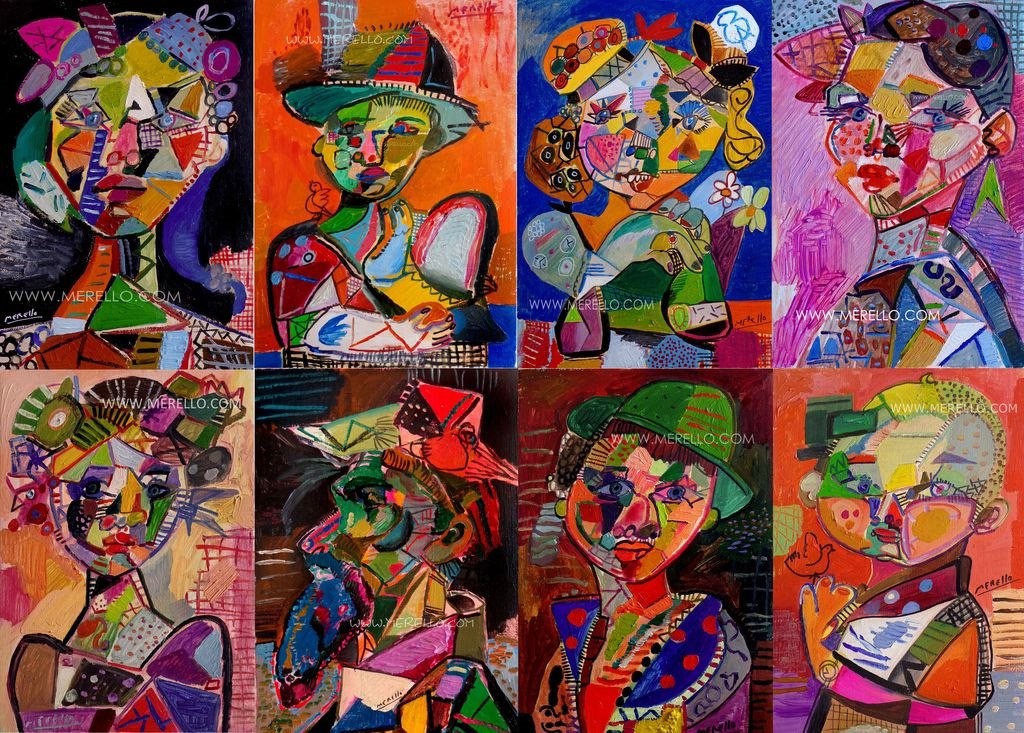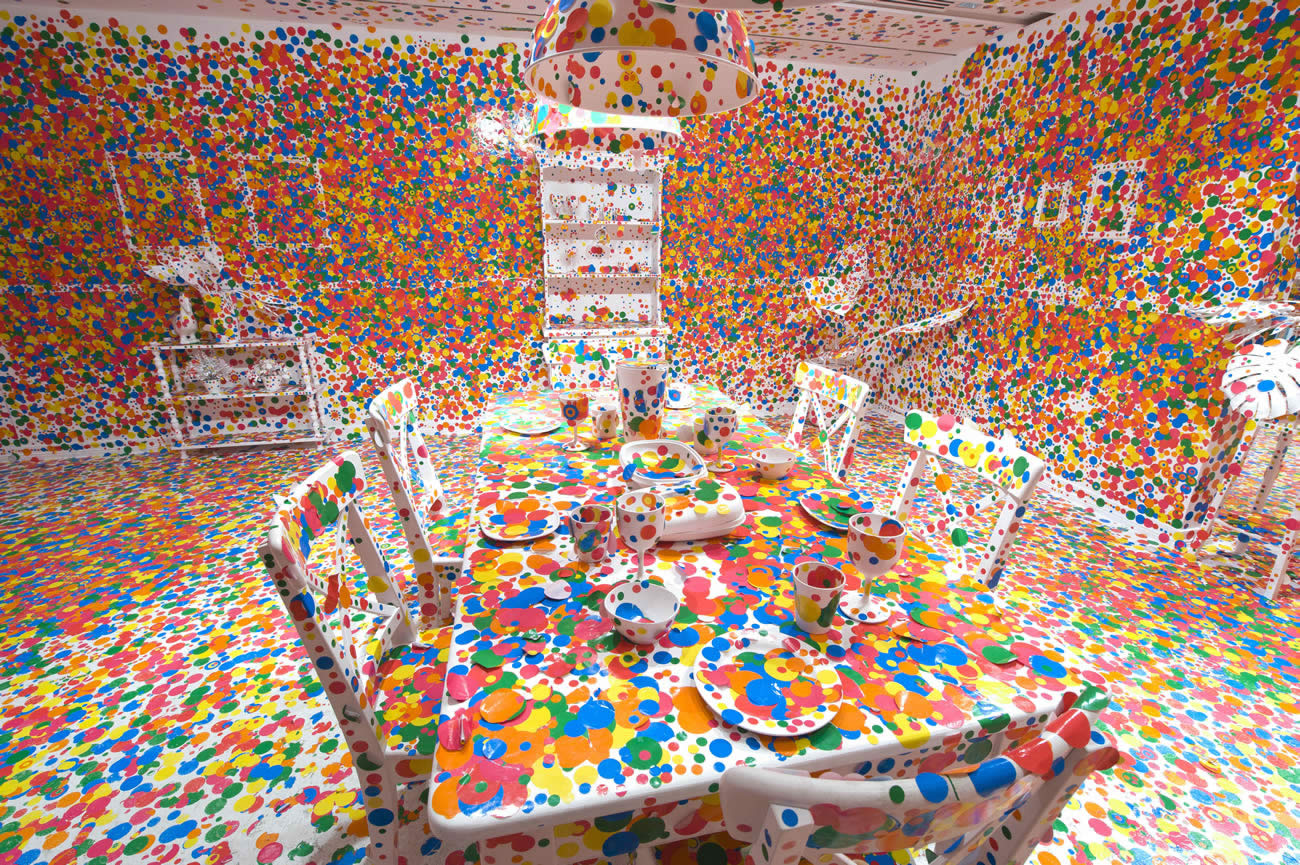“Sensation: Young British Artists from the Saatchi Collection” opened at the Royal Academy in London on September 18, 1997. (1) The title’s ambiguous connotations were registered and the exhibition’s contents were explored in the light of various ideological positions in the days preceding its opening and they were presented, mapped out, or simply declared under major and minor banners: “The Height of the Morbid Manner” (The Guardian Weekend, September 6); “Art or Outrage? Royal Academy Chief Accused of `Betrayal’ over Hindley Portrait” (Evening Standard, September 16); “Inflated Playthings for the Shallow Mind” (Evening Standard, September 18); “Feeling Frenzy” (The Guardian, September 16); “How One Man Decides What Is Good Art” (The Daily Telegraph, September 18); or “Who Are They Pointing At?” (The Independent, September 18). As these newspaper titles imply, the exhibition was treated as a rich seedbed of dubious politics, often perverse aesthetic contradictions, or alternatively it was seen as a hotbed of neo-avant-garde or neo-conservative practices.
While most commentators would agree with the gallery guide’s assertion that the exhibition was “an attempt to define a generation and to present Charles Saatchi’s singular vision in an established public forum,” a cursory examination of the show could soon uncover a group of artists that were as diversified in their concerns and talents as they were in their media of artistic production. Although age (young or emerging artists), educational training (a significant number of the artists were trained at Goldsmiths College), or a common “attitude” toward reality or the “real” contemporary world were often cited as the basis for unification, the only clear focal point of the exhibition was Saatchi himself.
Many public and professional discussions will take place around this complex exhibition, its politics, its transgressions and confusions of artistic, institutional and social boundaries. One thinks, for example, of the questions that revolve around the conjunction of exhibition and venue. In addition to the debate about what should and should not be exhibited at the Royal Academy there is the related debate about the power/knowledge equation that articulates collection and venue together – including the equation’s roots in pressures to cover pressing budgetary deficits through the staging of a controversial exhibition. Beyond this, and yet clearly within its purview, is the complex relationship that would exist between an exhibition’s curator and a single and exceptionally powerful collector/art-speculator in the context of a major survey of young British art that was held in a national institution with international connections and aspirations. (2)
Then there is the question of the content of some of the artworks and whether the works should have been shown and, to some commentators, whether they even qualified as “Art” in the first place. Although the focus of the most violent criticism was on Marcus Harvey’s painting of the notorious 1960s child murderess, Myra Hindley (Myra, 1995), the exhibition provided a sampling of some of the more extreme statements that had been made in British art in the previous ten years. In addition to Harvey’s Myra, the inventory included Jake and Dinos Chapman’s Zygotic acceleration, biogenetic, de-sublimated libidinal model (enlarged x 1000) (1995) and their Tragic Anatomies (1996), Tracey Emin’s Everyone I Have Ever Slept With 1963-1995 (1995), Mat Collishaw’s Bullet Hole (1988-93), Damien Hirst’s A Thousand Years (1990) and his The Physical Impossibility of Death in the Mind of Someone Living (1991), as well as Marc Quinn’s Self (1991).
Related Posts on: Art News



